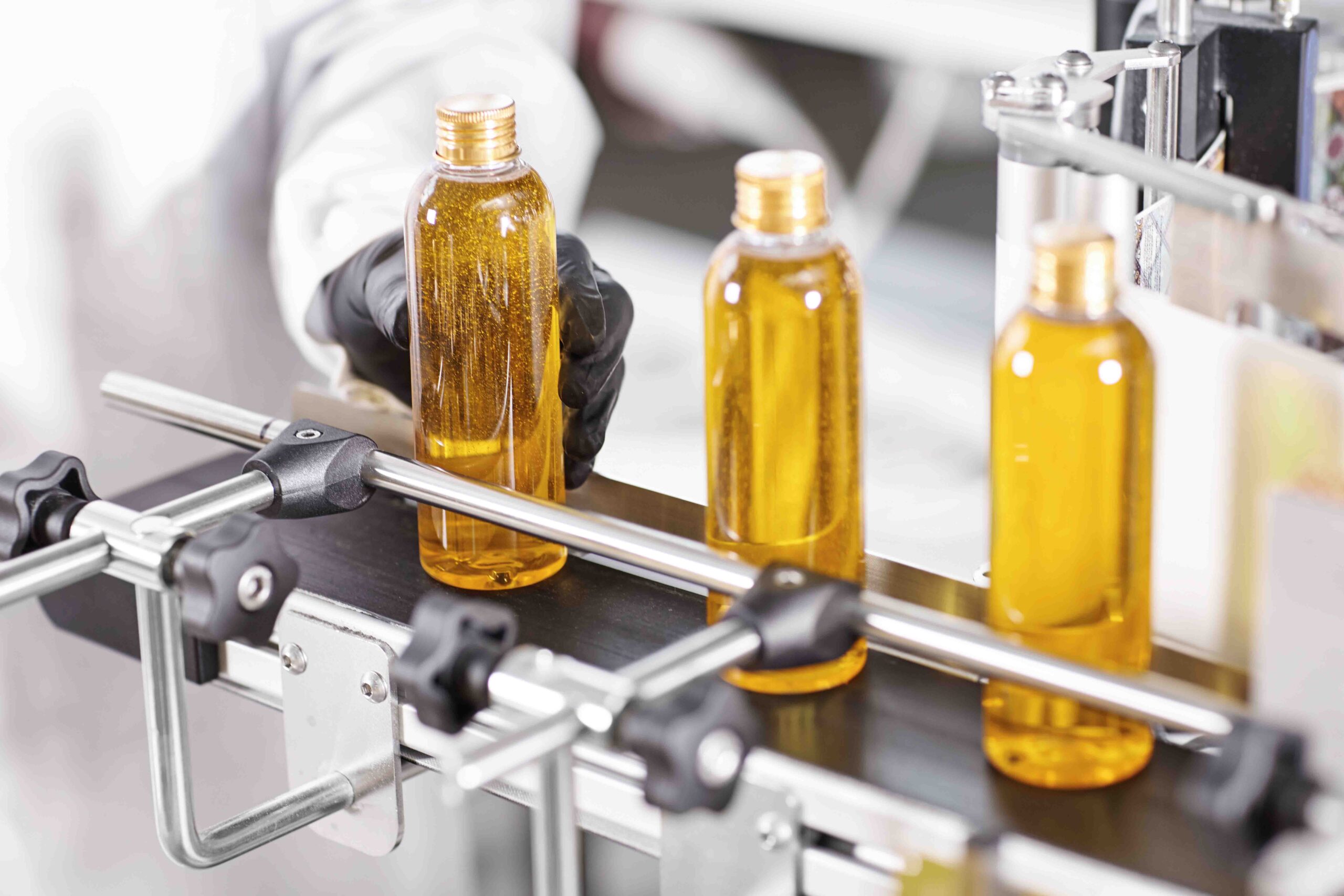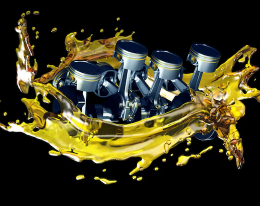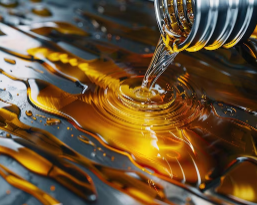Lubricating oil is often called the “lifeblood” of machinery, and additives are the “active ingredients” that empower its core functionality. Modern lubricants typically contain 5%–30% additives, with anti-wear agents ,antioxidants, and detergents being the three most critical categories. Each plays a distinct role while working synergistically to ensure the efficient operation of engines and machinery. Let’s explore their unique functions and differences.
Anti-Wear Additives: The “Shield” Against Friction
Role: Anti-wear additives minimize direct metal-to-metal contact and wear under high pressure, high temperature, or frequent start-stop conditions. When the lubricant film breaks down, these additives react chemically with metal surfaces to form a thin protective layer.
Key Examples:
ZDDP (Zinc Dialkyldithiophosphate): A classic anti-wear agent that also provides antioxidant properties. However, excessive ZDDP can harm catalytic converters in modern vehicles.
Ashless Alternatives: Organic molybdenum compounds (e.g., MoDTC) are gaining traction in premium lubricants for their eco-friendly profile and high-temperature stability.
Application Insight:
Anti-wear additives are vital for engines with variable loads, such as turbocharged powertrains or heavy-duty hydraulic systems.
Antioxidants: The “Preservatives” of Lubricants
Role: Antioxidants delay oil oxidation, a process triggered by heat and oxygen that leads to sludge, viscosity increase, and acid formation. They neutralize free radicals to break the oxidation chain reaction.
Key Examples:
Phenolic Antioxidants (e.g., BHT): Cost-effective but less stable at extreme temperatures.
Advanced Alternatives: Hindered phenols and amine-based antioxidants (e.g., alkylated diphenylamines) offer enhanced thermal stability, critical for high-performance engines and industrial gearboxes.
Industry Trend:
With turbochargers and hybrid engines pushing oil temperatures beyond 150°C, next-gen antioxidants like high-molecular-weight phenols are becoming essential.
Detergents: The “Cleanup Crew” for Engines
Role: Detergents neutralize acidic byproducts (from fuel combustion or oxidation) and prevent carbon deposits, sludge, and varnish buildup on critical components like pistons and valves.
Key Examples:
Metallic Detergents: Calcium sulfonates or magnesium phenates act as alkaline reservoirs to neutralize acids.
Low-Ash Detergents: Developed for modern emissions standards (e.g., Euro 7, China VI), these minimize ash content to protect exhaust aftertreatment systems.
Technical Note:
Diesel engine oils often require high TBN (Total Base Number) detergents (TBN ≥10) to combat sulfur-rich fuels, while gasoline engines prioritize low-ash formulations.
Synergy: Why 1+1+1 > 3
While each additive type has a specialized role, their combined effect creates a holistic protection system:
Anti-wear agents reduce metal debris generation.
Detergents clean and suspend debris.
Antioxidants prevent debris from accelerating oil degradation.
Critical Reminder:
Overdosing a single additive (e.g., adding extra detergents to “boost cleanliness”) can disrupt the oil’s balanced formulation, leading to foaming, corrosion, or filter clogging. Always follow OEM guidelines.
Future Outlook
As sustainability regulations tighten, additive innovation is shifting toward:
Multifunctional Additives: Molecules that combine anti-wear, antioxidant, and detergent properties.
Bio-Based Additives: Renewable raw materials (e.g., plant-derived esters) to reduce environmental impact.
Conclusion
Anti-wear, antioxidant, and detergent additives are the “three guardians” of lubricants, addressing mechanical wear, chemical stability, and system cleanliness. Understanding their differences empowers manufacturers and distributors to optimize formulations, comply with evolving standards, and deliver value to end-users. In an era of electrification and carbon neutrality, additive technology will remain at the forefront of lubricant innovation.





